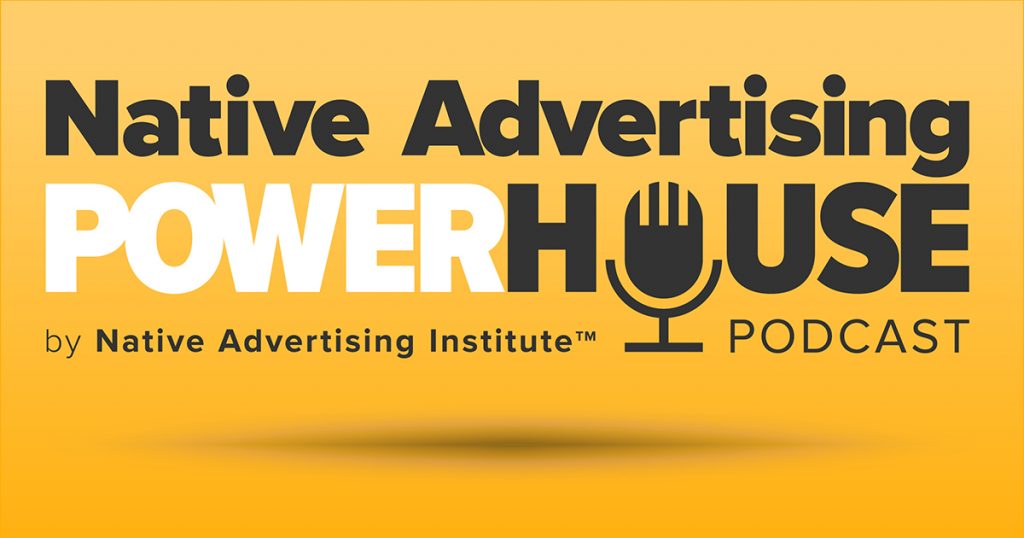 Details
Details

By Kathy Klotz-Guest
Author, speaker, founder of Keeping it Human
Connect
As content marketing and native advertising explode, so too, does the volume of noise.
You have less than 7 seconds to grab attention. Or your audience is out of there. That's how I feel most days and so do you. There’s simply way too much stuff chasing too few brain cycles.
Humor opens up a space for connecting because it disrupts the expected pattern. When you shift that expectation, now you have attention.
The Power of Humor in Branded Content
Humor is human!
Laughter lowers the intellectual shield your busy prospects have up all day just to survive the messaging onslaught. With all the messages coming at people, marketers must work harder for that precious mindshare and this is where funny provides the edge, or even just lighthearted fun.
Humor opens up a space for connecting because it disrupts the expected pattern. When you shift that expectation, now you have attention.
 That’s how important humor is in connecting with an audience.
That’s how important humor is in connecting with an audience.
Here are just four ways (yes, there are many more!) to add humor to branded content or ads to show you ‘get’ your audience, and help you get results.
The truth is pretty funny – annoying and recognizable. That’s why the simple truth works.
1. Show Empathy for Your Audience (Their Truth)
Connect on an emotional level by tying your company and offering to a real human challenge your ideal prospect has. The truth is pretty funny – annoying and recognizable. That’s why the simple truth works.
Start with the pain points of your audience, and of your ideal customers. What drives customers in your space crazy? Maybe it’s being charged crazy fees, ridiculous new customer contracts, or something as simple as spam. It’s the stuff we all talk about.
RELATED: T Brand Studio: 12 Tips for Creating Killer Content
Relationships can be a great way to explore the comical truth. In the case of Kinaxis, a supply chain company, the issue causing customer pain was the too often complicated relationship between customer and vendor.
The company has a very funny video that parodies the ‘awkward’ relationship between a vendor and customer by comparing it to a romantic one! And it is. You can fall in and out of love with your vendor if they’re high-maintenance.
https://youtu.be/0WLr3hxpYYY
Start with what customers hate. What’s the truth of their pain? Then highlight that to show empathy for their challenges.
All small businesses can relate to feeling undervalued.
2. Tackle Your Customer’s Problem and Go Over the Top
Scofield Edit has a great video parodying the client-vendor relationship much. I first wrote about this video over eight years ago when it was fresh. It still works today because some things don’t change!
https://www.youtube.com/watch?v=R2a8TRSgzZY
The company took a universal issue its customers (in this case, small business) can relate to – not being valued by some customers who want more for less or free – and took it to a humorous extreme. What if you went to your hair stylist and asked for a free haircut to “test drive” - and, if you liked it, you would pay for it? That’s a premise that is so out there built on the truth of customers that never want to pay full price. That’s exactly what I love about this video that received over 1 million views within weeks of its launch.
An oldie, but goodie because all small businesses can relate to feeling undervalued. The key to making this work is taking that pain and really exaggerating. In comedy, we call that heightening.
One of my favorite techniques on the stage (and page) is flipping expectations - in improv we call it a "tilt."
3. Flip Customer Expectations
One of my favorite techniques on the stage (and page) is flipping expectations - in improv we call it a "tilt." Not too long ago, I had a credit union client. It had to attract Millennials to grow its customer base. The challenge: many Millennials don’t know about credit unions, or have negative opinions of them as compared to bigger banks.
Part of that is because credit unions aren’t national (or international) as large banks are and don’t have deep pockets. And because they are often local or regional, they don’t have the branches or ATMs, for example, that bigger banks do.
RELATED: Your Ultimate Guide to Reaching Millennials with Native Advertising
However, some credit unions are making inroads into convenience and technology that younger customers want, as opposed to old-school, in-person customer service like larger banks. So we created a campaign “When Millennials Rule the World!” We put twenty-somethings in bank VP roles and in customer service, and let them improvise how they would run a bank. Then, we asked Millennials to submit ideas online. The results were hysterical. This audience loves humor and the campaign successfully up-ended perceptions about this credit union being low-tech.
To help with parody you can your product in a situation that you wouldn’t find it in ordinarily (contrasts create incongruity and comedy) and anthropomorphize it (depict it as a person).
4. Use Parody, Unexpected Situations and Human Attributes
You can also flip expectations by using parody – basing your content on a known piece of work. For example, the basic premise of Mac v PC ads that were made popular by Apple has been parodied by banks, software companies and small businesses.
https://youtu.be/0eEG5LVXdKo
To help with parody you can your product in a situation that you wouldn’t find it in ordinarily (contrasts create incongruity and comedy) and anthropomorphize it (depict it as a person). Maybe put your software product at a therapist’s office or at a marriage counseling appointment. What would it say? Go Daddy used this technique recently (together with parodies of spill-all talk-show style formats) with its various ads depicting the Internet as a Millennial.
https://youtu.be/d8ccBw3_bws
Another example of a product and service that lends itself well to parody and incongruity is conference calls. There is so much comedy there, as we all know. They are a pain because attendees are never on time, there’s always noise in the background, the technology rarely works the way it should, you can hear people’s kids and dogs louder than you can hear other people, and some people working from home don’t wear pants. Now, what if you could SEE all that (including the guy with no pants)?
That’s the premise of a few funny parodies from Zoom, the conferencing tool company, created with comedians Tripp and Tyler. In one video, the ending comes with the conference call organizer leaving without pants (in his underwear) because who hasn’t done an audio-only call in sweats or no pants at all?!
https://www.youtube.com/watch?v=JMOOG7rWTPg
Where do you start with this technique? Start by asking what would be unexpected from your company? Find that and go ‘there.’ Surprise is a tremendous weapon precisely because it can change perceptions in a powerful way.
Your Turn
How do you use humor successfully to connect and drive conversation? How do you create "surprise" and turn expectations upside down with humor? Let me know in the comments below.
